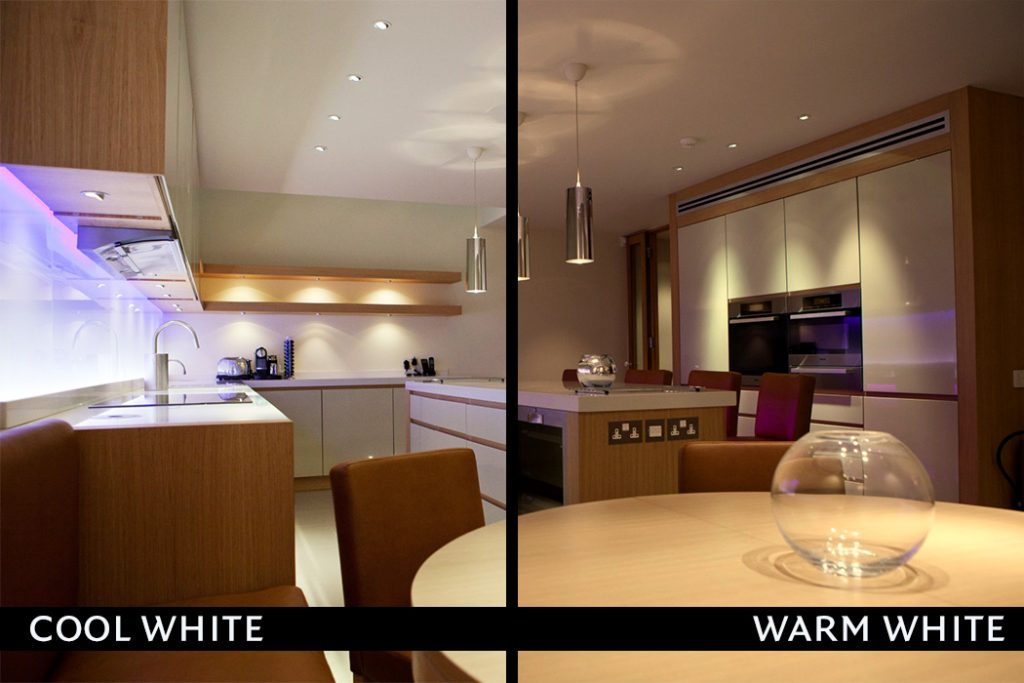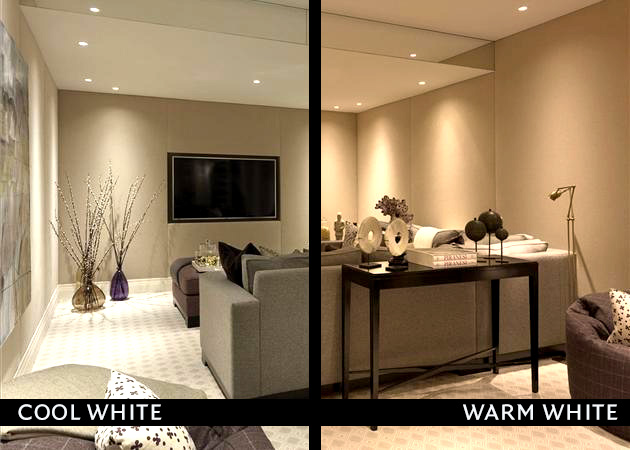[vc_row][vc_column][vc_column_text]LED colour temperature is a delicate topic. Many are still put off by the belief that LED’s will produce cold, white light that isn’t worth replacing the nice warm glow from halogen and incandescent bulbs.
So what is meant by warm and cold light and how can we use the right bulbs?
To answer these questions we will look at:
- Why LED colour temperature varies
- What to look for in an LED bulb
- How to choose the right warmth of bulb for time of day and location
- The LED colour options
[fruitful_ibox_row]
[fruitful_ibox image=”https://kavlondon.com/wp-content/uploads/2015/05/warm-icon.jpg” column=”ffs-two-one” title=”Warm White”]LED colour temperature[/fruitful_ibox]
[fruitful_ibox image=”https://kavlondon.com/wp-content/uploads/2015/05/cool-icon.jpg” column=”ffs-two-one” title=”Cool White” last=”true”]LED colour temperature[/fruitful_ibox]
[/fruitful_ibox_row][/vc_column_text][vc_column_text]
Why LED colour temperature varies?
LED is acronym for Light Emitting Diode. This works simply by electrons moving through a semiconductor which produces light. Early LED technology however, had limited control over the colour temperature and a harsh fluorescence was produced, known as cold white. Conversely, halogen light bulbs work by electricity flowing through a wire. The resistance causes the wire to get red hot and give off light. As a result, the colour temperature appears almost orange – know as warm white. The production of heat in halogen bulbs to create light also explains their inefficiency in power consumption!
The good news is modern LED technology is capable of producing the equivalent lumens and colour temperature as your traditional bulbs. They also don’t heat up, meaning they last a lot longer and they’re significantly cheaper to run. So how do you choose the right colour temperature?[/vc_column_text][/vc_column][/vc_row][vc_row][vc_column width=”1/2″][vc_single_image image=”5214″ img_size=”full” alignment=”center”][/vc_column][vc_column width=”1/2″][vc_column_text]
What to look for in an LED bulb?
When looking for the right LED bulb, you should check the listed colour temperature in Kelvin (K). This will tell you how warm the colour will be. You should also be familiar with this colour chart. 2700K – 3500K will give you the warm white associated with traditional halogen and incandescent bulbs. As you get above 4000K the light will take on a natural white light and then turn to cold white above 6000K. When choosing a bulb, the time of day and room are also important factors to consider![/vc_column_text][/vc_column][/vc_row][vc_row][vc_column][vc_column_text]
Choosing the right LED colour temperature
In the mornings and evenings you are likely to favour the warmer temperatures as they are appear softer and more comfortable. During the middle of the day, you may want a brighter light, if any at all, to compliment a working and active environment. The LED colour temperature also affects our visibility in the light. The cooler LED temperatures appear brighter and therefore, suit rooms in the house where you need good vision. For example, work surfaces in the kitchen or the bathroom. Conversely, rooms where visibility is not so important, but we like to feel comfortable, suit the warmer colour temperatures. For example, the bedroom and living areas.
Below is an example of LED’s in the kitchen, from a light installation project in Kensington. We have warmed up the LED colour temperature on the right for demonstration. Notice how the cooler white lights appear brighter and more suitable, especially on the work surfaces.[/vc_column_text][vc_column_text]

For contrast, here is an example of a home cinema room from our installation in this beautiful London property. We have cooled down the LED colour temperature on the left to illustrate how the warmer, softer light is more comfortable in this setting.

However, in some spaces you can use the light to create different atmospheres. Below are two untouched photographs from a light installation project for a luxury penthouse in St. John’s Wood. The bathroom on the left features cool white light, the most popular choice with bathroom installations. However, the bathroom on the right features a much warmer colour temperature, creating a more relaxing environment.

LED Colour Options
Warm whites and cool whites are an important part of lighting design in modern homes. However, the latest in LED technology is providing the option for any colour you could imagine. What is even more exciting, is the combination of these LED bulbs with smart home control systems. This means, you could potentially wake up to an augmented orange and pink sunrise, allow them to change colour for different occasions, have the bulbs adapt to your everyday tasks or use location settings so they turn on to welcome you home. KAV London specialise in designing and installing lighting scenes in your home, giving you amazing control from the touch of a keypad or even your phone. To experience these effects, you can visit our showroom in Chelsea Creek by giving us a call!
Are you concerned about your energy consumption?
KAV London also provide an ‘energy use analysis‘ service. We survey all aspects of your consumption before producing a report on where you can significantly reduce your utility bill. Electricity consumption is often largely from lighting and KAV London can expertly specify and install an energy efficient solution for your home. Get in contact to find out more.[/vc_column_text][/vc_column][/vc_row]